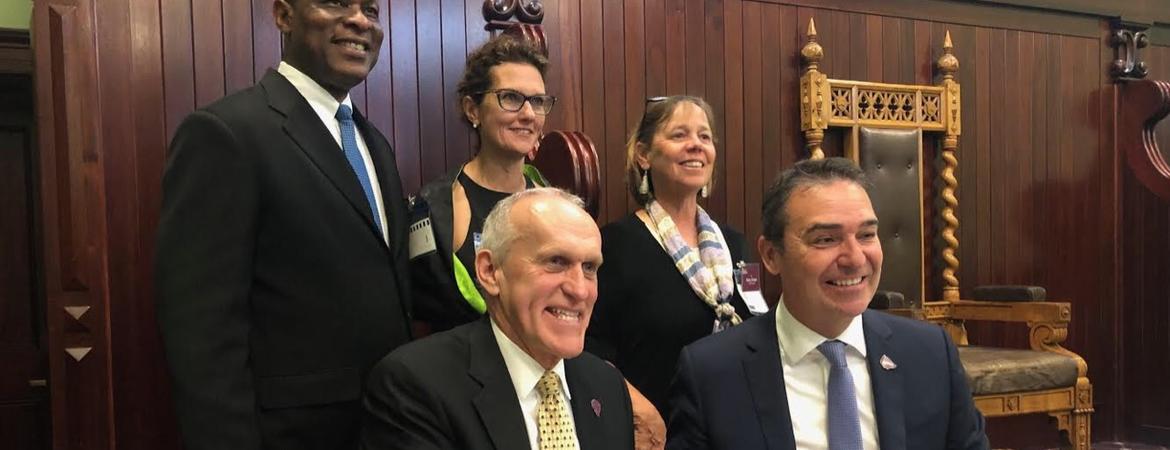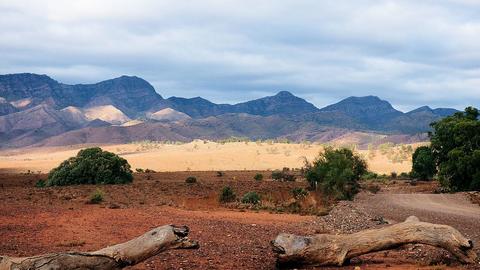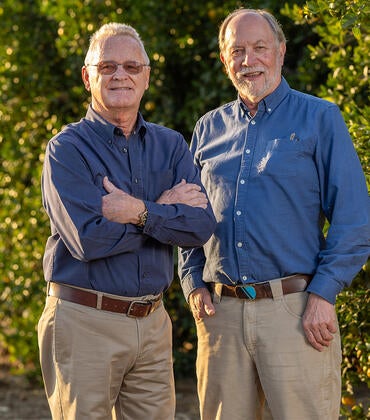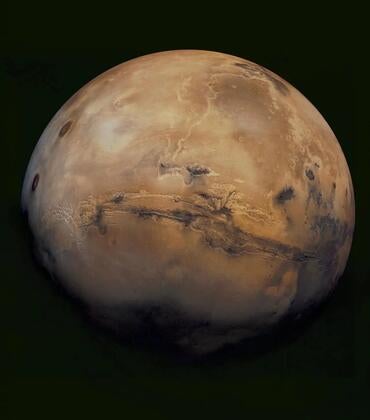
Australian officials signed an agreement last night allowing UC Riverside to continue its pioneering research on a government-owned goldmine for unusual fossils.
Nilpena Station is a city-sized plot of land in the Australian Outback. It harbors the richest collection on Earth of animal species around 550 million years old. Some of its fossil beds are the size of a tennis court and contain entire communities of organisms.
Mary Droser, a UCR paleontology professor, has been working this land with her students for more than two decades, generating dozens of publications and uncovering strange, ancient animals previously unknown to science.
The South Australian government recently purchased roughly 148,000 acres of Nilpena-area land from a private owner. The memorandum of understanding signed today solidifies the government’s intention to allow Droser and her UCR colleagues to continue their groundbreaking research at the site.
On signing the agreement, South Australian Premier Steven Marshall said, “Professor Droser’s research has contributed greatly to the global significance of the Nilpena site. She and her colleagues at UCR have an important role to play in preserving this land and in continuing to explore it for clues about Earth’s ancient past.”
UCR Chancellor Kim Wilcox traveled to Australia to sign the memorandum, which also cements the prominent role the university will play in helping the government manage Nilpena.
“We are honored to help inform the future of research and conservation at this historic site,” Wilcox said. “The university shares the minister’s desire to maintain Nilpena Station for future generations of students and scientists.”
A series of storms buried the Ediacaran sea floor at Nilpena in layers of sediment, helping preserve sandstone impressions of the soft-bodied animal communities that lived there. These unique conditions allowed Droser and her research partner, James Gehling of the South Australia Museum, to invent a new method for studying fossils.
Typically, paleontologists collect fossils and bring them to a museum for further study. Instead, Droser and Gehling excavate Nilpena fossil beds, flip them over, piece them together like a puzzle and leave them in the field.
“This way, we’re able to piece together whole ecosystems,” Droser said. “Looking at them is like snorkeling around on the Ediacaran sea floor, instead of looking at a single animal in a fish tank.”
Long-term goals for the site include a public-private partnership with the Flinders Ranges Ediacara Foundation that will upgrade existing buildings on the property, creating research and exhibition spaces. As UCR works with public officials on converting the site into a national park, processes also will be developed to enable scientists and curious nonscientists from around the world to visit.
To further protect Nilpena, the Australian government is also going to submit it for World Heritage List status. The list is part of the United Nations Educational, Scientific and Cultural Organization’s efforts to identify and preserve places considered to hold outstanding value to humanity.
Though more than 50 genera of Ediacaran animals have been described over the decades, Droser thinks there are centuries worth of lessons still hidden in the Outback. Last year, her team discovered two new animals there, including a half-inch disc-shaped creature named Obamus coronatus to honor President Barack Obama’s passion for science.
“Every time I think we will start seeing the same thing over and over, we find a whole new group of fossils,” Droser said. “I think there are decades worth of new, innovative work to do. I think we’ve only seen the tip of the preserved iceberg.”




